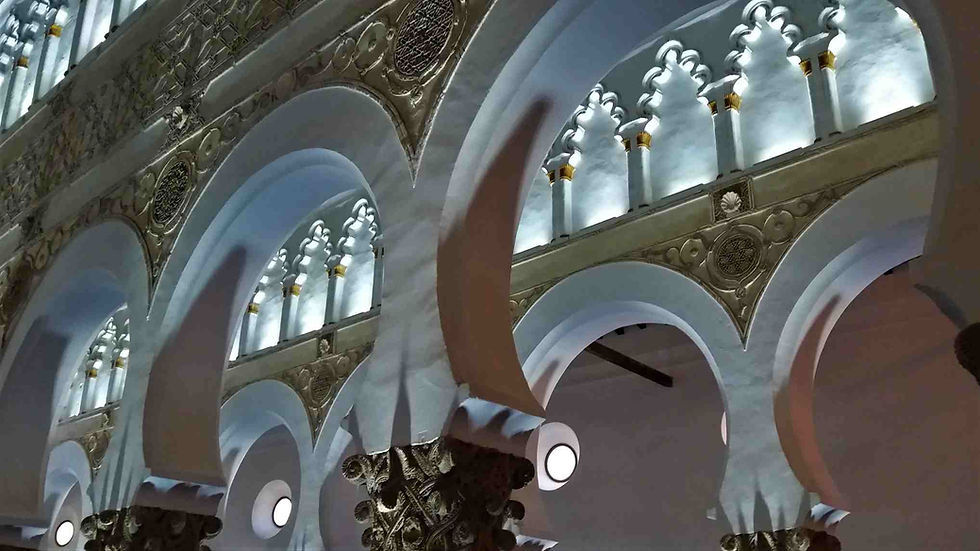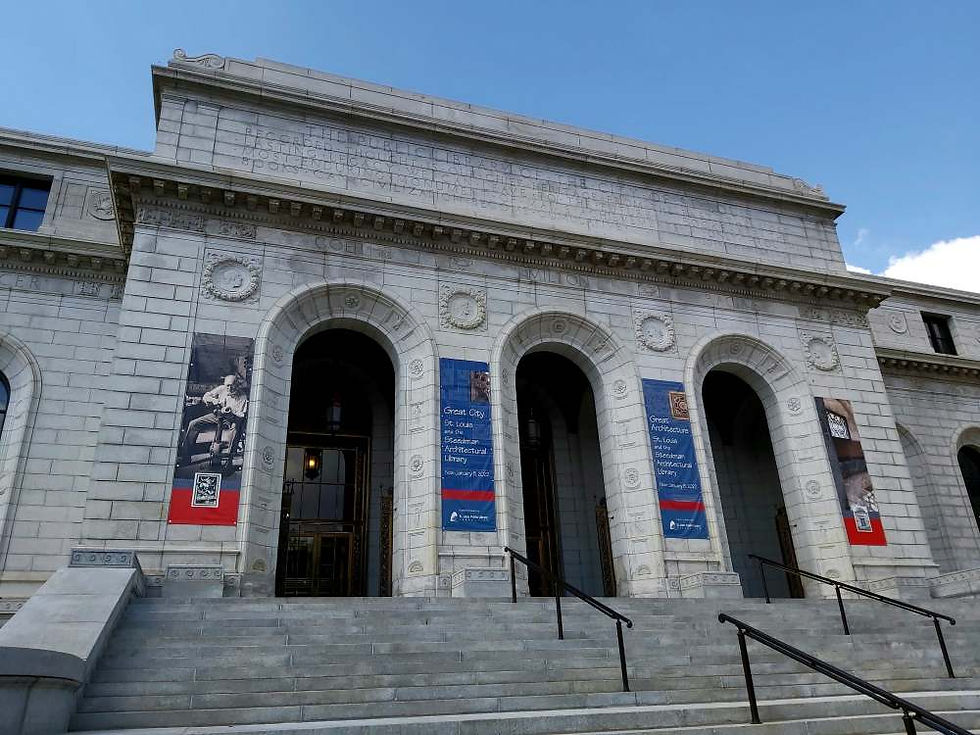Morocco: Volubis
- Matthew P G

- Feb 1, 2023
- 2 min read


December 2019
the ends of the earth
Volubilis is a partly excavated Roman city in Morocco situated near the city of Meknes, and may have been the capital of the kingdom of Mauretania, at least from the time of King Juba II.
...
The city fell to local tribes around 285 and was never retaken by Rome because of its remoteness and indefensibility on the south-western border of the Roman Empire. It continued to be inhabited for at least another 700 years, first as a Latinised Christian community, then as an early Islamic settlement. In the late 8th century it became the seat of Idris ibn Abdallah, the founder of the Idrisid dynasty of Morocco. By the 11th century Volubilis had been abandoned after the seat of power was relocated to Fes. Much of the local population was transferred to the new town of Moulay Idriss Zerhoun, about 5 km (3.1 mi) from Volubilis.
The ruins remained substantially intact until they were devastated by an earthquake in the mid-18th century and subsequently looted by Moroccan rulers seeking stone for building Meknes. It was not until the latter part of the 19th century that the site was definitively identified as that of the ancient city of Volubilis.
(Wikipedia)
Volubis was another place I stumbled upon that ended up having a big impact on me. This far-flung Roman city marked the edge of the empire during one of its greatest expansions. After Volubis was "Africa" a place as exotic and unknown to the Romans as it remains to a large portion of the world today. Northern Morocco is blessed with a good climate and a lot of rain - the area around Volubis looked much more like Spain than Africa and no doubt the Romans felt at home there. Like other Roman border cities, the settlement must have had an incredible edge to it - both exciting and frightening. After Volubis the world was literally unknown save for travelers tales, myths, and legends. I would have loved to have experienced a place like that in its prime.
How unlucky that Volubis persisted somewhat intact even up until 18th century after which it was plundered for stone to build Meknes and nearby Moulay Idris. What a wonderful example of a Roman outpost it would have been had it survived.
I had gone there by taxi as the public transport option was going to be very slow and complicated. I had ample time to wander the ruins populated by a surprising number of tourists. The site was large with good explanations. The land nearby was vast and mostly agricultural and I wondered what it had looked like in the days of Roman occupation. I wandered the streets and glommed onto the edge of a few tours to hear bits and pieces of the history in a variety of languages. It was easy to understand explanations of ancient Rome in any European language because so much Latin-based vocabulary was used.
Volubis may be one of my favorite Roman ruins if only for what it represented. Perhaps it called to me because my life has always been one somehow on the edge as well?



Comments